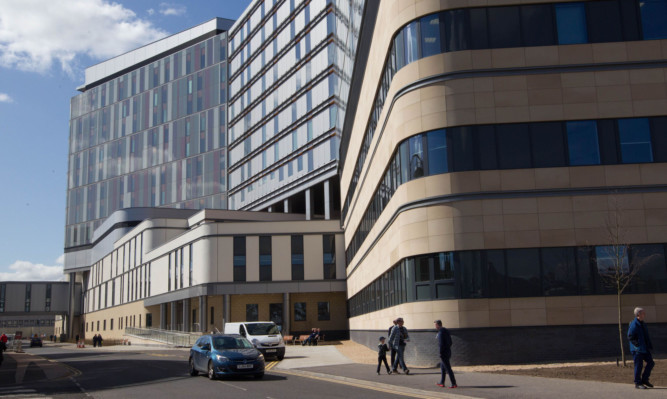A university has been awarded £3.4million to create a new research centre for precision medicine.
The funding from the Medical Research Council (MRC) and the Engineering and Physical Sciences Research Council (EPSRC) will be used to create the largest MRC Molecular Pathology Node in the UK at the University of Glasgow.
Precision medicine’s aim is to find treatments based on an individual patient’s own physiology and response to diseases, rather than relying on one-size-fits-all therapies that fail to help many.
The Glasgow Molecular Pathology Node will integrate laboratory medicine, including pathology and informatics disciplines, which handle and analyse the large datasets that emerge from molecular research.
Professor Anna Dominiczak, Vice Principal and Head of the College of Medical, Veterinary and Life Sciences at the University of Glasgow, said: “The goal of precision medicine is to provide the right treatment, to the right patient, at the right time, for the right cost and the right outcome.
“We now understand more about abnormalities in DNA and other molecules which occur in disease.
“This so-called ‘molecular pathology’ is revealing significant variation in diseases which by standard classifications, for example by a pathologist using a microscope, have been indistinguishable. So, for instance, we now know that pancreatic cancer is not just one disease but many different ones, potentially with different treatments.”
The Node will be based in the purpose-built Laboratory Medicine Building at The Queen Elizabeth University Hospital in Glasgow and will enable scientists, pathologists and clinicians to collaborate with industry partners in developing new diagnostic tests.
Funding for six nodes across the UK was announced, with Glasgow receiving the largest single award.
Dr Karin Oien, the lead investigator, said: “Glasgow is central to stratified therapeutic development in the UK and worldwide. Our investigators include global opinion leaders with major roles in international academic studies and industry efforts.
“Our Node will immediately integrate with current and emerging large-scale initiatives such as the Stratified Medicine Scotland Innovation Centre, the Precision Medicine Catapult, the Scottish Genomes Partnership, Genome England and the International Cancer Genome Consortium, the next iteration of which is focused on clinical delivery, to exploit opportunities provided through these mechanisms, and in turn substantially enhance them.
“Our excellent training in molecular pathology, genetics, informatics and stratified medicine will address national skill shortages and contribute to a workforce capable of developing, undertaking, interpreting, and applying the results of novel molecular diagnostics, across a range of professions and expertise from geneticists, pathologists, clinical and other scientists, informaticians and clinicians across hospital practice and primary care.”
